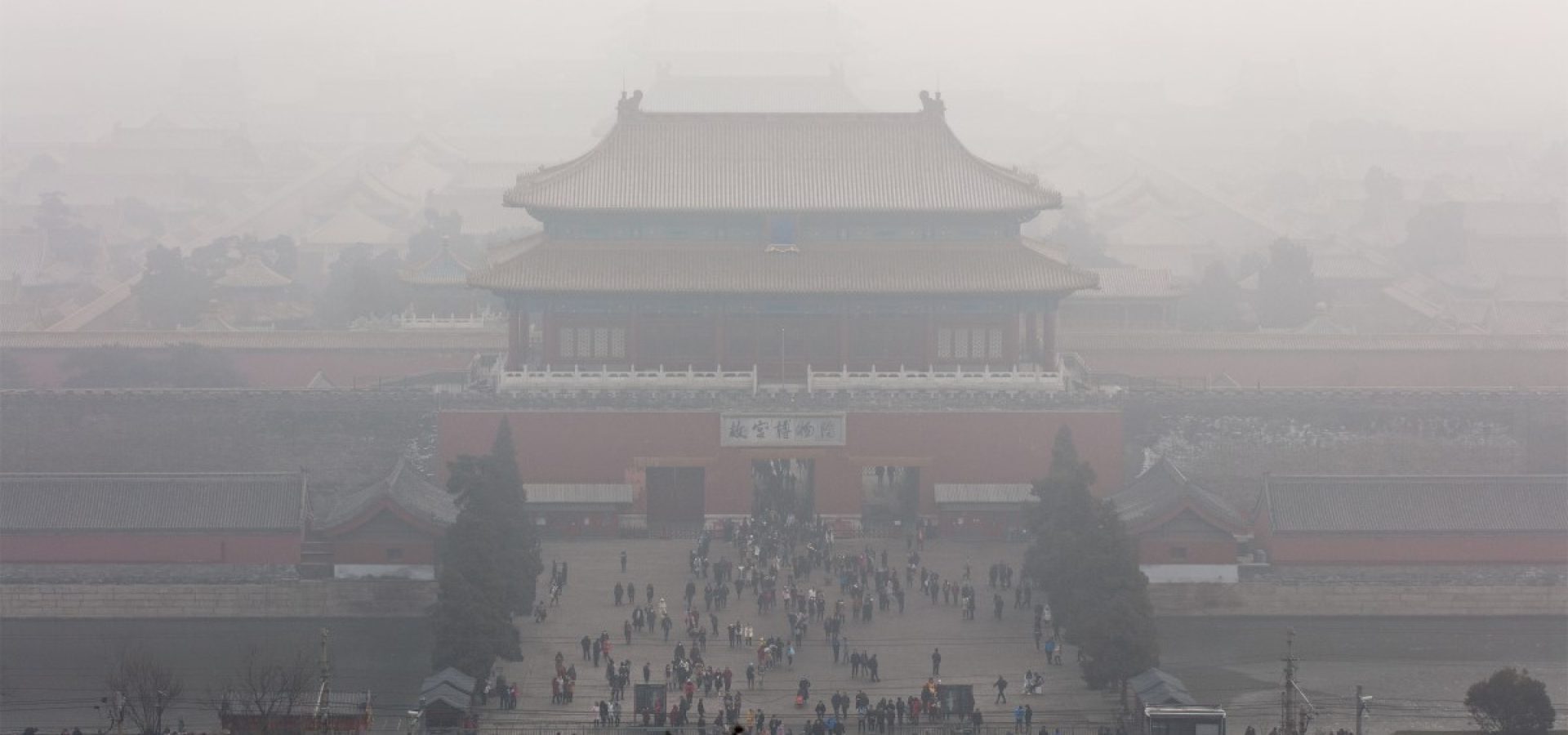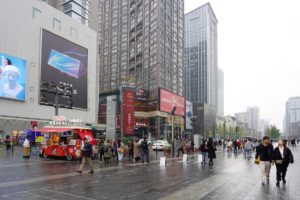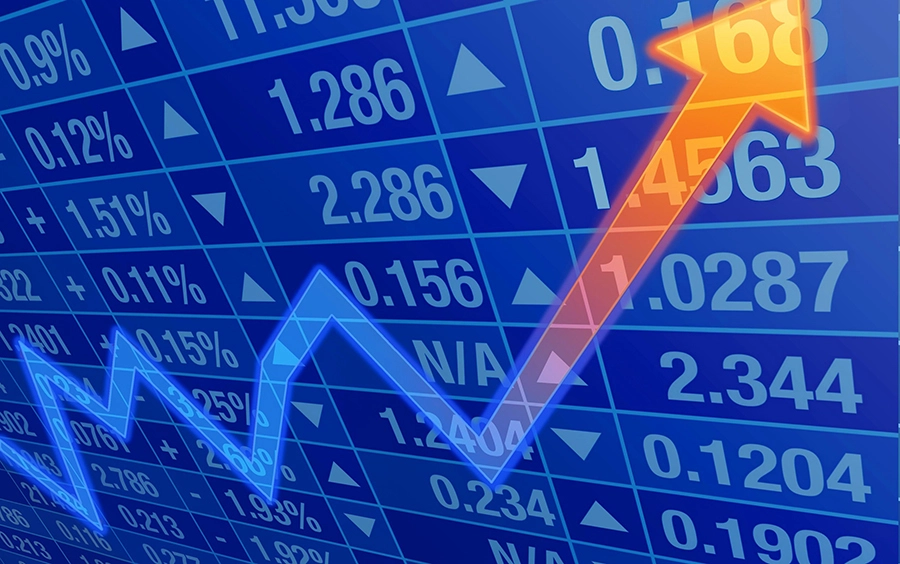Ongoing coronavirus outbreak caused a lot of problems not only for China’s economy but for the global economy in general. Analysts, investors, and others are closely monitoring the situation.
As a reminder, China extended this year’s Lunar New Year holiday as well as imposed travel restrictions to the virus outbreak. Many of the provinces started gradually restart some form of production last week, about two weeks later, in comparison with previous years.
As of last Wednesday, work resumption rated surpassed 50% for some industrial companies in key economic regions.
This week more precisely, on Tuesday, Chinese state media reported the news that should help to reassure the local as well as international observers. According to the state media, more than 80% of the central state-owned companies roughly 20,000 manufacturing subsidiaries reopened after the holiday.
However, analysts, as well as some economists, are using a new method to track the story of China’s progress. This way, they would like to learn more about the impact of coronavirus on the country’s economy.
The influence of coronavirus on the economy
Let’s discuss how analysts are trying to gather more information about the ongoing situation. Analysts are using pollution levels to measure industrial activity. It is no secret that major cities in China are struggling to cope with air pollution levels for a long time.
However, this year pollution levels fell between 20% and 25% in comparison with 2019. This data helps to understand the impact of a virus outbreak on the world’s second-largest economy.
Five days ago, on February 20, the daily consumption of six major power plants was 42.5% less compared with the same period in 2019. The Japanese bank Nomura is following data on traffic congestion, passenger flows, and new home sales. This way, the bank has the ability to learn more about China’s economy.
There are other metrics, as well. For example, traffic congestion and passenger numbers. It makes sense to have a look at both of them to create a full picture. Usually, analytics look at the Baidu Migration Index. This index tracks the number of workers returning from their hometowns to work after the Lunar New Year holiday.
Last week, analysts from Morgan Stanley analyzed this data. According to this data, only 37% of people that left tier-1 city returned. Moreover, the number is even smaller when it comes to tier-2 cities. As, after the holiday, only 33% of workers returned from their hometowns.
Pollution levels, along with traffic congestion and passenger numbers, show that the coronavirus outbreak had a significant impact on the economy.










COMMENTS